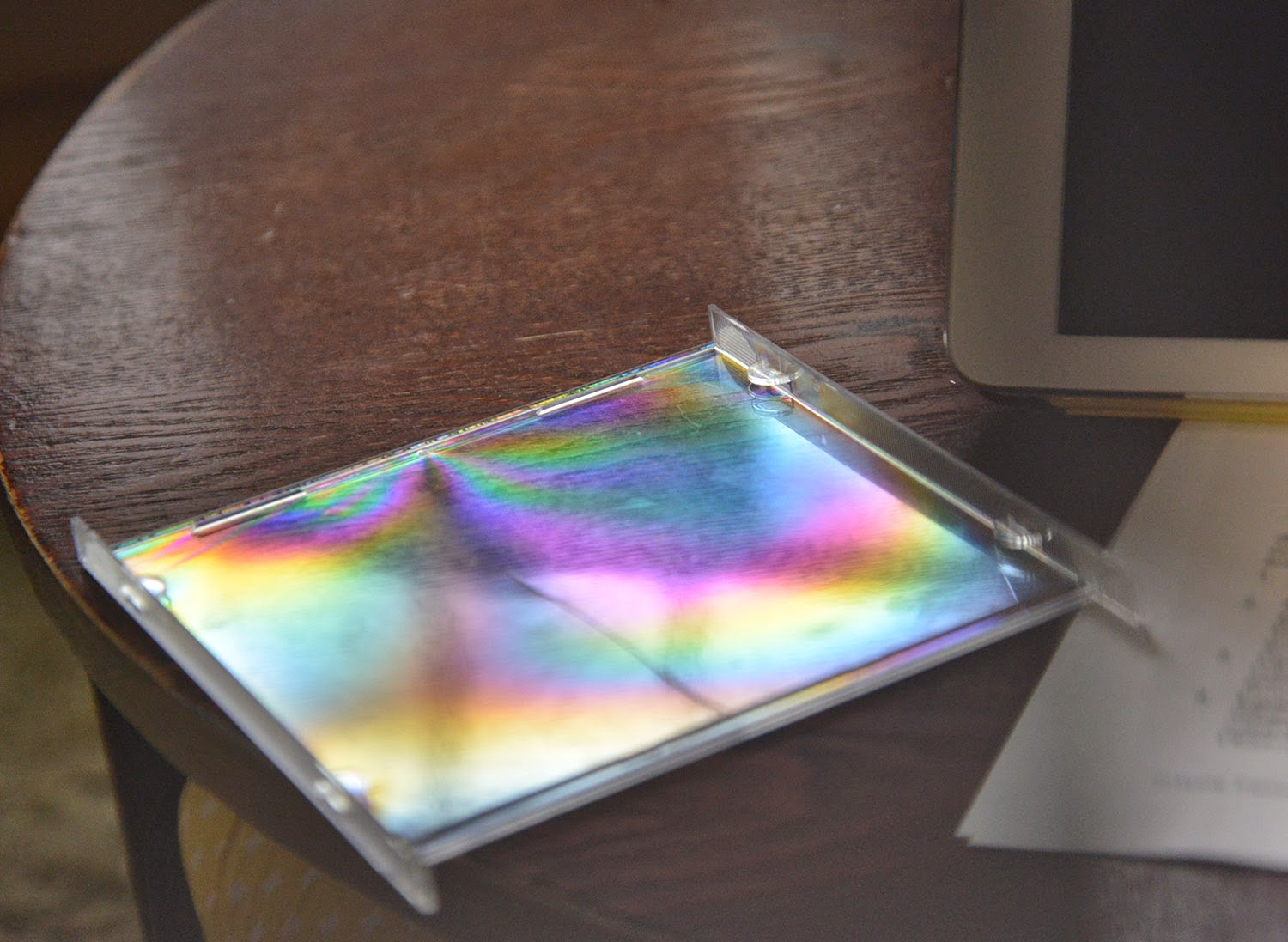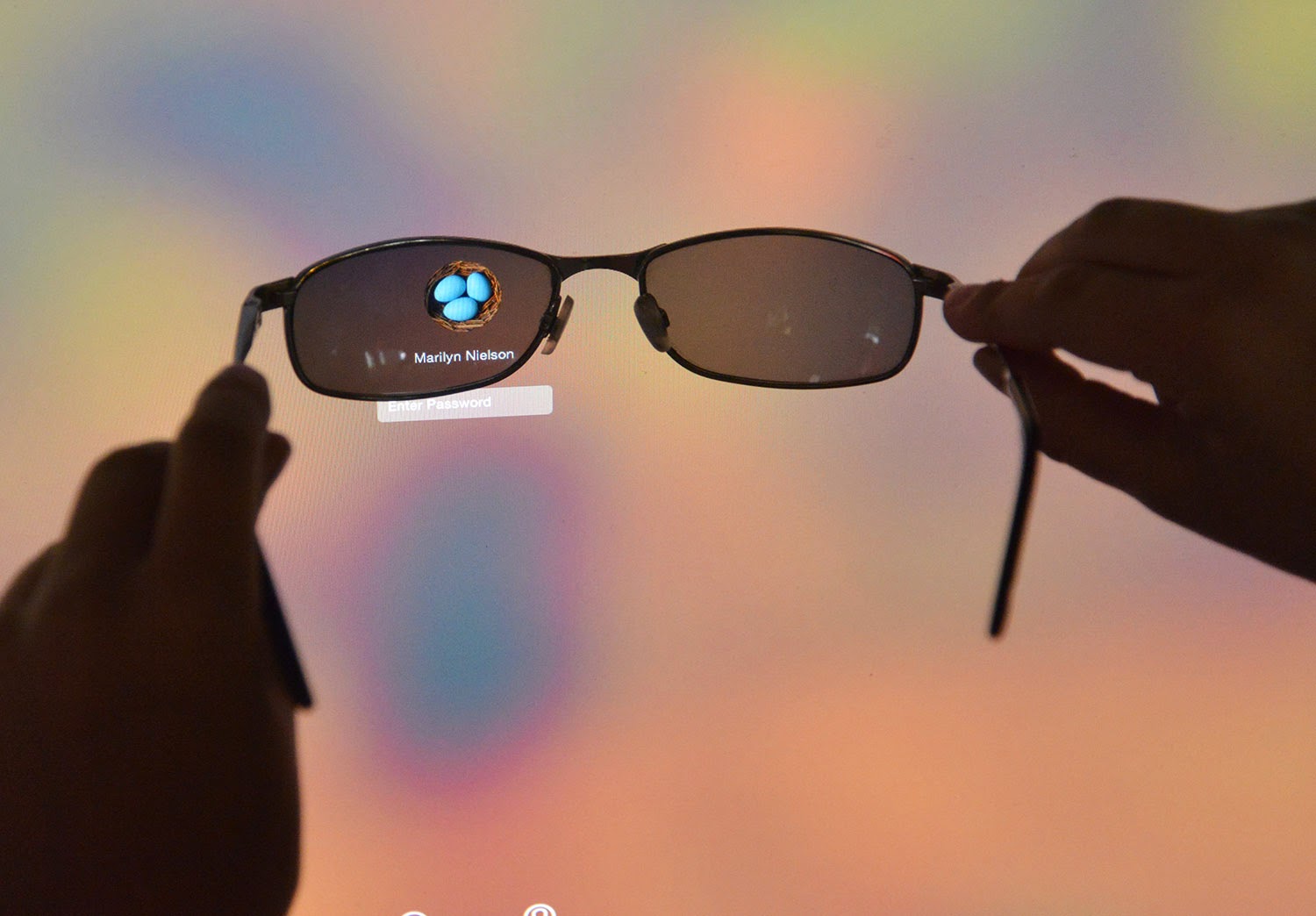It would be a shame to talk about only the science of light and not the importance of light in art, especially with
our resident expert to help us out. We actually didn't have as much input from Sam as we would have liked, as the days we studied art and light corresponded with a very busy few days for him, but we had some good books and we really liked the things we did learn.
My favorite book was
this one, which talked about how different time periods and artistic movements affected the way artists captured light in their work. It had great examples from a variety of art styles.
We talked a lot about the Impressionist Movement because of those artists' intense focus on capturing light in a scene. Here's a
good video we watched about Monet, and we also found several books on him, and other Impressionist artists, at the library.
We also covered Georges Seurat and Pointillism. I found lots of ideas online for art projects related to Pointillism, but for this unit on light we wanted to focus more on subtractive color mixing and the way your eyes mix the separate points of color to create other colors, so we talked mostly about that. Then we made Pointillist pictures with markers (since I felt like adding the actual mixing of paints to this project would just obscure the ideas we were trying to focus on).
I really loved the pictures the children came up with. One of my favorite things was this line of rainbow colors Sebby made, on the bottom right below:
You can see the six boxes with definite colors: pink, orange, yellow, green, blue, purple.
But when you look at them up close, they are just mixed dots of primary colors! So interesting!
Abe's bear
I loved Junie's picture. You can't see all the tiny dots she made, but there are hundreds of them. She worked so hard on this!
I really loved Daisy's ice cream cone (with matching tiny ice cream cone) too.
And we only ruined a few markers! :)





.jpeg)














































